

William Stopford
3 Days Ago
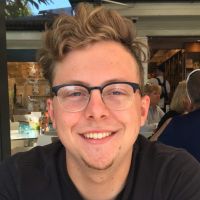
Contributor
Audi has big plans for an autonomous, electric future – and that all starts with new concept visions revealed this week.
Teased on LinkedIn, Audi sales boss Henrik Wenders and design chief Marc Lichte released a video promoting three new concepts, which the brand has codenamed ‘Sphere’.
Mr Wenders said the designs were “breathtaking concept cars that will reinvent mobility as we see it today”.
Beginning with the Grand Sphere concept, Audi has penned what looks to be a large saloon car with a swooping roof line, almost reminiscent of a Porsche Panamera.
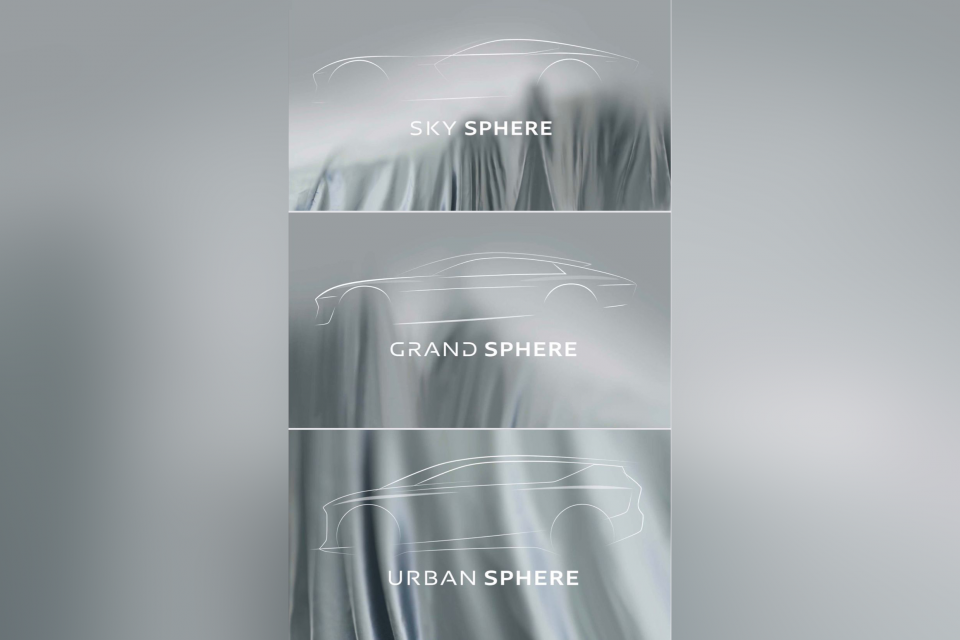
Marc Lichte said the Grand Sphere “is all about grand appearance, immersive and personal, a grand high-class experience for all senses”.
The Urban Sphere is Audi’s take on a luxury SUV, again with sweeping sharp lines but with futuristic styling elements.
The Sky Sphere concept seems to represent a large two door coupe which would not look out of place next to a Mercedes-Benz AMG GT or Jaguar F-Type.
Mr Wenders called the concept “a driver’s car and an autonomous car at the same time”.

Although there are no details about when (or if) these concepts will make production, we know Audi is often faithful to its concepts.
Flashback to 1995. Porsche had released the Boxster Concept in 1993, and BMW had just unveiled the drop-top Z3.
Audi responded with the TT Concept, which was wildly ahead of its time. In 1998, the TT was officially launched and retained most of the concept’s original design philosophies.
The little-known Audi Avantissimo concept was revealed in 2000 and offered styling not seen before on a wagon. It could have been sold as an A8 Avant, but its design heavily informed much of the A6 Avant and RS6 that followed.
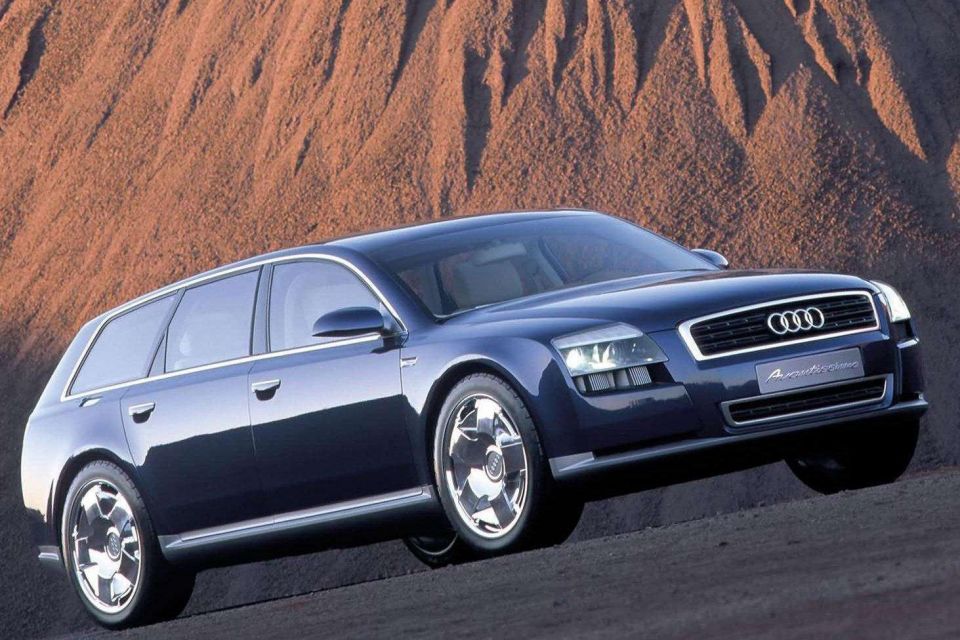

Audi’s launch into the supercar sphere was the Le Mans Quattro, produced as a concept in 2003 to celebrate three successive wins at the 24 Hours of Le Mans race.
Audi decided to put the Le Mans Quattro into full production, naming it the R8 after the R8 LMP racing car.
Design-wise, the Le Mans Quattro and R8 look almost identical in design, however the twin-turbocharged V10 engine did not remain for the production-spec cars.
CarExpert does the hard work to get you the best price. No negotiating, no hidden costs, just expert help and real savings on your next new car.


William Stopford
3 Days Ago
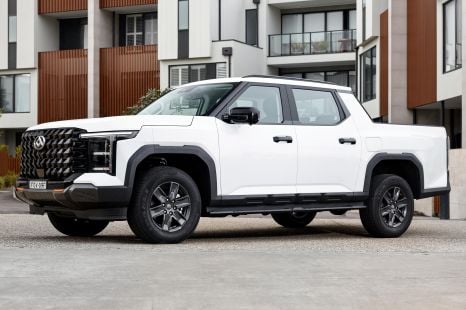

Damion Smy
2 Days Ago
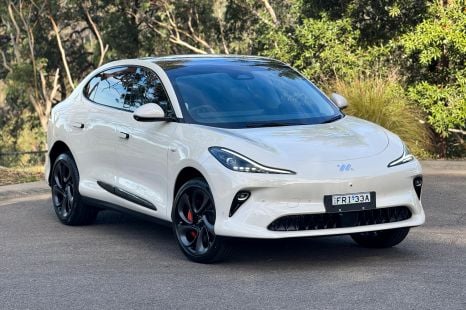

Matt Campbell
16 Hours Ago


Josh Nevett
13 Hours Ago


Josh Nevett
13 Hours Ago
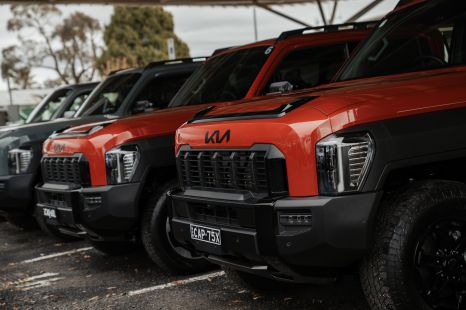

Josh Nevett
13 Hours Ago